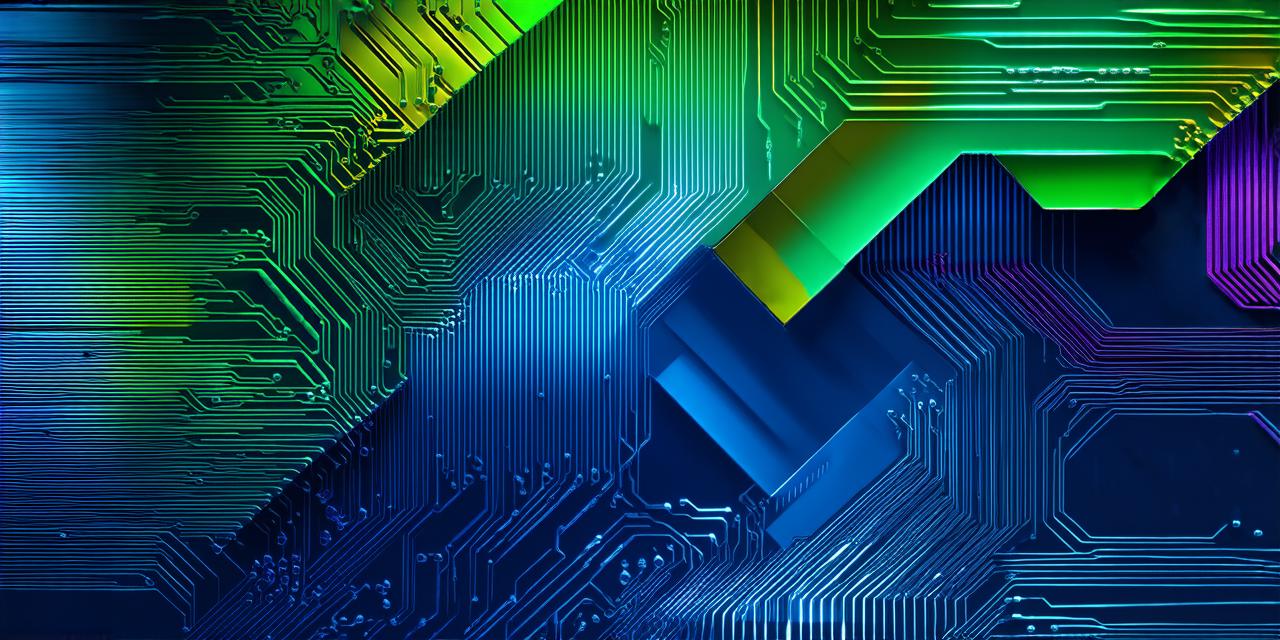Blockchain technology is revolutionizing industries worldwide, from finance and healthcare to supply chain management and voting systems. In this comprehensive guide, we’ll take you through the basics of blockchain technology and show you how to build your own blockchain from scratch using free online resources.
What is Blockchain?
Blockchain is a decentralized, distributed ledger that records transactions in a secure and transparent way. At its core, a blockchain is a chain of blocks that contain information about transactions or other data. Each block in the chain contains a unique set of data, and once a block is added to the chain, it cannot be altered or deleted.
The decentralized nature of blockchain means that there is no central authority controlling the network. Instead, transactions are validated and processed by a network of computers that work together to maintain the integrity of the ledger.
Benefits of Blockchain Technology
Blockchain technology offers numerous benefits over traditional systems, including:
-
Transparency: All transactions on the blockchain are publicly visible, making it easy to track and verify the authenticity of data.
-
Security: The decentralized nature of the blockchain makes it resistant to hacking and other forms of cyber attack.
-
Immutability: Once a transaction is recorded on the blockchain, it cannot be altered or deleted, providing a tamper-proof record of events.
-
Decentralization: There is no central authority controlling the network, making it more resistant to censorship and other forms of government control.
How Does Blockchain Work?
The basic building block of a blockchain is a “block,” which contains a set of data about transactions or other events. Each block in the chain is connected to the previous block using a cryptographic hash function, which creates a unique identifier for the block.
When a new transaction is added to the blockchain, it is broadcast to the network and validated by a group of nodes (computers that participate in the network). Once the transaction is verified, it is added to the block and included in the chain.
Building Your First Blockchain
Now that you have a basic understanding of blockchain technology let’s take a look at how to build your own blockchain from scratch using free online resources.
- Choose a programming language: There are many programming languages that can be used to build a blockchain, including Python, Java, and JavaScript. For this tutorial, we will use Python.
- Install the necessary libraries: To build a blockchain in Python, you will need to install the "cryptography" library. You can do this by running the following command in your terminal or command prompt:
<h2>pip install cryptography</h2> - Create a new Python file: Open a new Python file in your favorite text editor and give it a name, such as "my_blockchain.py."
-
Define the block class: In this step, you will define the class that will represent a single block in your blockchain. Here is an example of what the block class might look like:
<h2>from cryptography.hazmat.primitives import hashes</h2> <h2>import json</h2> class Block: def __init__(self, index, timestamp, data, previous_hash): self.index index self.timestamp timestamp self.data data self.previous_hash previous_hash self.hash self.calculate_hash() def calculate_hash(self): block_string json.dumps(self.__dict__, sort_keys=True) + str(self.index) + str(self.timestamp) + str(self.data) + str(self.previous_hash) return hashes.sha256(block_string.encode()).hexdigest() -
Create the blockchain class: In this step, you will define the class that will represent your blockchain as a whole. Here is an example of what the blockchain class might look like:
<h2>class Blockchain:</h2> def __init__(self): self.chain [self.create_genesis_block()] def create_genesis_block(self): return Block(0, time.time(), "Genesis block", "0") - Add new blocks to the chain: In this step, you will add new blocks to the chain by calling the "add_block" method of the blockchain class and passing in the data for the new block.

